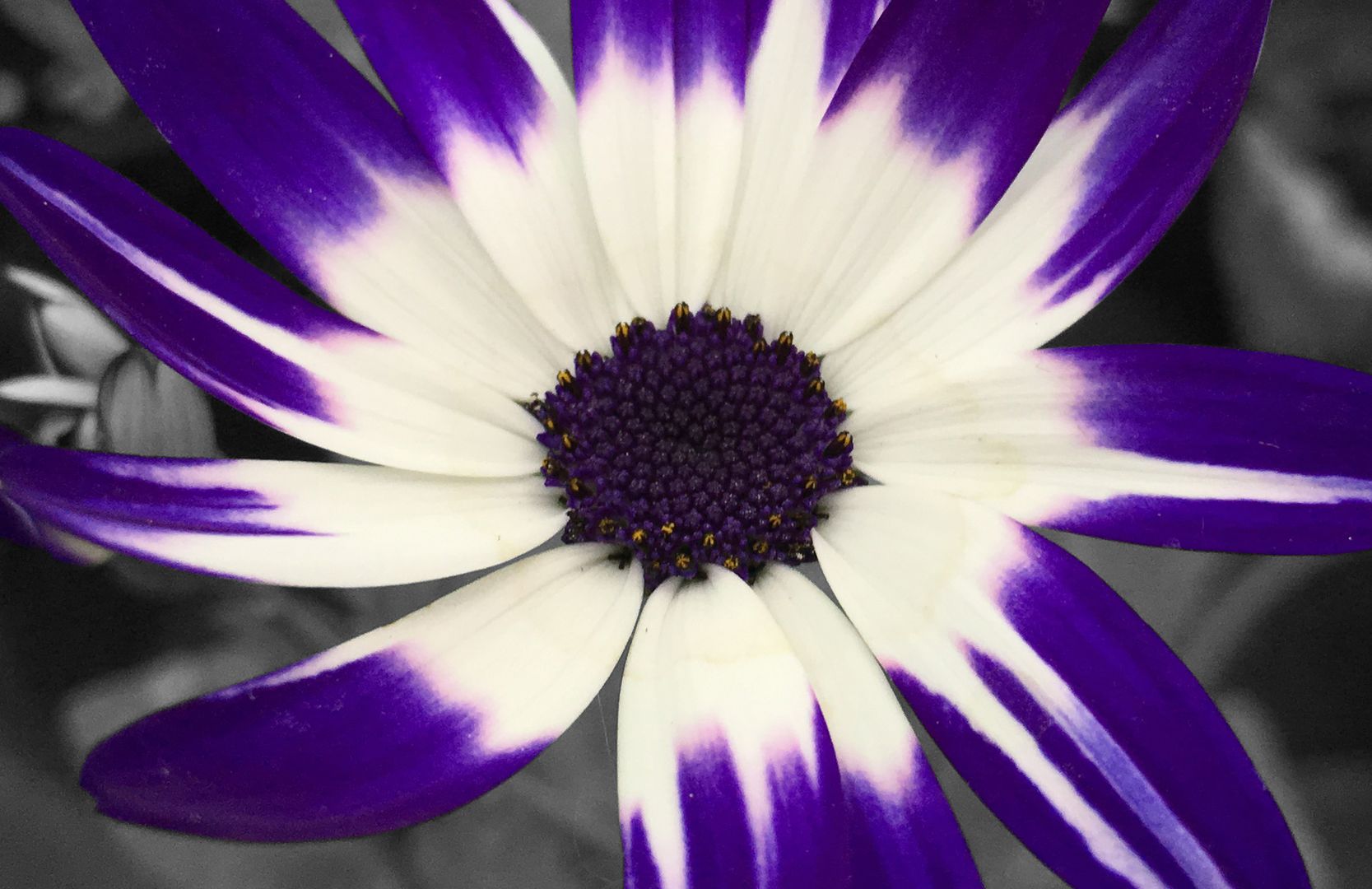
Creating a wildlife-friendly garden is a wonderful way to support local biodiversity and enjoy the beauty of nature right in your own backyard. By providing food, water, and shelter, you can attract a variety of birds, bees, butterflies, and other beneficial creatures. Here are some tips to help you create a garden that welcomes and supports wildlife.
#1. Plant Native Species
Native plants are well-adapted to the local climate and soil conditions, making them an excellent choice for a wildlife-friendly garden. They provide essential food and habitat for native wildlife. Choose a variety of native trees, shrubs, and flowers to create a diverse and resilient garden ecosystem.
#2. Provide Food Sources
Different types of wildlife have different dietary needs. Plant a mix of nectar-rich flowers for pollinators, berry-producing shrubs for birds, and host plants for caterpillars. You can also set up bird feeders and provide supplementary food during the winter months when natural food sources are scarce.
#3. Create Water Features
Water is essential for all living creatures. Adding a water feature to your garden, such as a bird bath, pond, or shallow dish, can provide a vital water source for wildlife. Ensure that the water is clean and fresh, and consider adding rocks or branches to provide perches and safe access for smaller creatures.
#4. Offer Shelter and Nesting Sites
Wildlife needs safe places to rest, hide, and raise their young. Plant dense shrubs and hedges to provide cover, and leave some areas of your garden a bit wild and untidy. Install bird boxes, bat boxes, and insect hotels to offer additional nesting sites and shelter.
#5. Avoid Pesticides and Chemicals
Pesticides and chemicals can harm wildlife and disrupt the natural balance of your garden ecosystem. Instead, use organic gardening methods and encourage natural predators to keep pest populations in check. Companion planting and crop rotation can also help to reduce pest problems.
#6. Create a Wildflower Meadow
A wildflower meadow is a fantastic way to attract pollinators and other beneficial insects. Choose a mix of native wildflower seeds and sow them in a sunny area of your garden. Wildflower meadows require minimal maintenance and provide a beautiful and vibrant display throughout the growing season.
#7. Compost and Recycle
Composting garden waste and kitchen scraps is an excellent way to enrich your soil and reduce waste. A compost heap can also provide habitat for a variety of creatures, including worms, beetles, and other decomposers. Use the finished compost to improve soil health and support plant growth.
#8. Connect with Your Community
Creating a wildlife-friendly garden is not just about your own space. Connect with your neighbours and local community to create wildlife corridors and larger habitats. Share plants, seeds, and tips, and work together to support local biodiversity.
By following these tips and getting a head start on your spring garden preparations, you'll be well on your way to a beautiful and productive garden. Happy gardening!
#Suggested Image
Filename: attracting-wildlife.jpg
This image should depict a garden with a variety of native plants, a bird bath, and other features that attract and support wildlife.